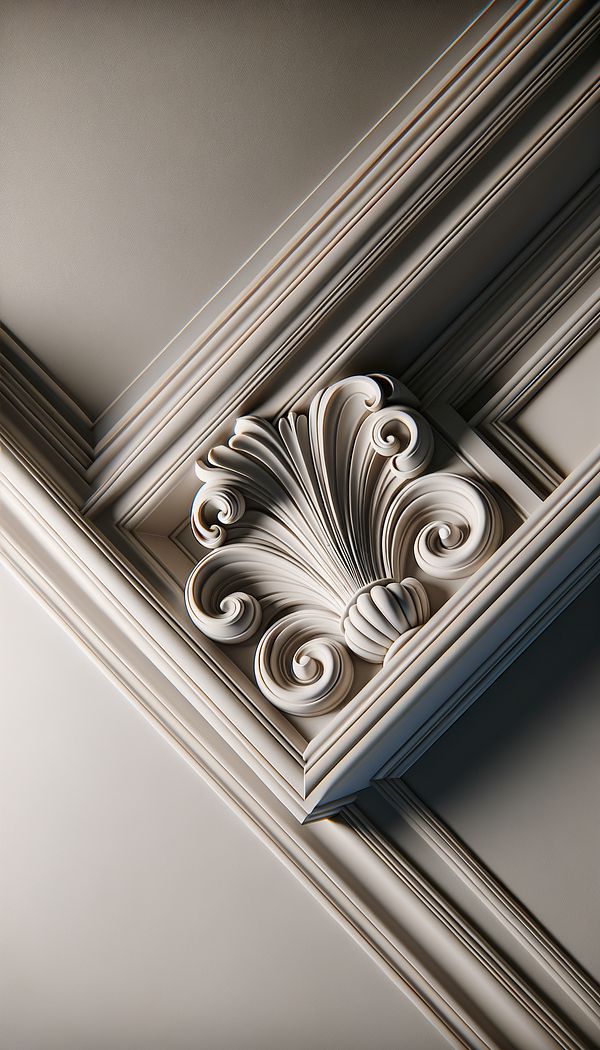What is a Cyma Curve?
A cyma curve is a curved line or moulding consisting of a concave and a convex line.
Description
A cyma curve, known for its elegant and smooth profile, is a sophisticated architectural element that combines a concave curve with a convex curve. The interplay between these two forms creates a serpentine-like shape, which is visually appealing and often used to add ornamental detail to buildings and furniture. The term "cyma" is derived from the Greek word 'kyma', meaning 'wave', which aptly reflects its fluid, undulating pattern.
In interior design, cyma curves are employed to introduce softness and complexity to linear structures, making spaces feel more dynamic and inviting. Whether applied to the edge of a tabletop, a mirror frame, or architectural moulding, cyma curves blend seamlessly into various design schemes, from classical to contemporary. By manipulating light and shadow, cyma curves add depth and character to objects and surfaces.
Understanding the application of a cyma curve is essential for both its aesthetic and functional benefits. When incorporated thoughtfully, it can enhance the overall harmony and sophistication of a space, contributing to a refined and cohesive interior.
Usage
Cyma curves are often found in the decorative mouldings of walls, ceilings, and furniture in classical architecture. They are also used in modern design to add interest to minimalist pieces or to imbue a sense of tradition in contemporary settings.
FAQs
-
How do you distinguish a cyma curve from other curves?
A cyma curve is unique because it combines a concave (inward) curve with a convex (outward) curve, creating an S-shaped profile. This differentiates it from simple arches or uniform curves.
-
Can cyma curves be used in modern interior designs?
Yes, cyma curves can be beautifully integrated into modern interior designs. Their subtly complex shape can add an element of sophistication to minimalist pieces or can serve as a nod to classical elements in contemporary spaces.
-
Are cyma curves only used in architectural elements?
While often associated with architectural mouldings, cyma curves aren't limited to architecture. They can be found in the design of furniture, decorative objects, and even in the pattern of textiles.
Practical Application
When incorporating cyma curves into your design, consider their scale and context. In large architectural elements like crown moulding, a more pronounced cyma curve can create a dramatic effect. For smaller items such as furniture trims, a subtler curve can add detail without overwhelming the piece. Balance is key; the elegance of a cyma curve lies in its ability to harmonize with its surroundings.
-
Architectural Elements199 articles
-
Design Styles478 articles
-
Furniture Types599 articles
-
Decorative Techniques322 articles
-
Decorative Objects240 articles
-
SetteeA settee is a medium-sized sofa designed to seat two or three people comfortably.
-
Serpentine FrontA serpentine front refers to a curved, undulating form on the front edge of furniture.
-
BeidermeierBiedermeier refers to a style of furniture and interior design that originated in Germany and Austria in the early 19th century.
-
LayoutLayout refers to the arrangement of objects within a space.
-
DebossDebossing is a decorative technique involving the creation of recessed designs on a surface.
